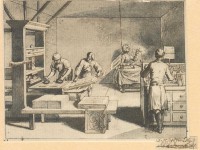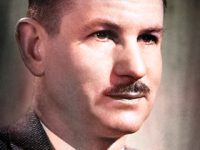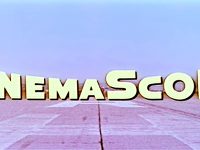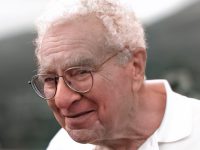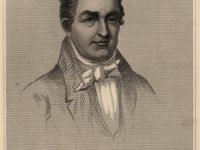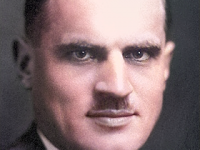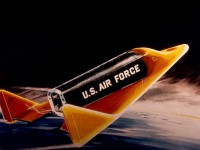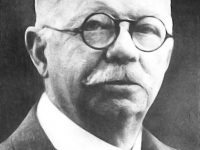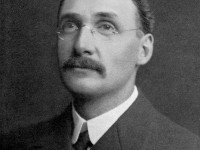Chester Carlson and the Invention of Xerography
On September 19, 1968, American physicist, inventor, and patent attorney Chester F. Carlson passed away. He is best known for having invented the process of electrophotography, which produced a dry copy rather than a wet copy, as was produced by the mimeograph process. Carlson’s process was subsequently renamed xerography, a term that literally means “dry writing.” Chester Carlson – Early Years Chester F. Carlson was the only child of Olof Adolph (*…
Read more

